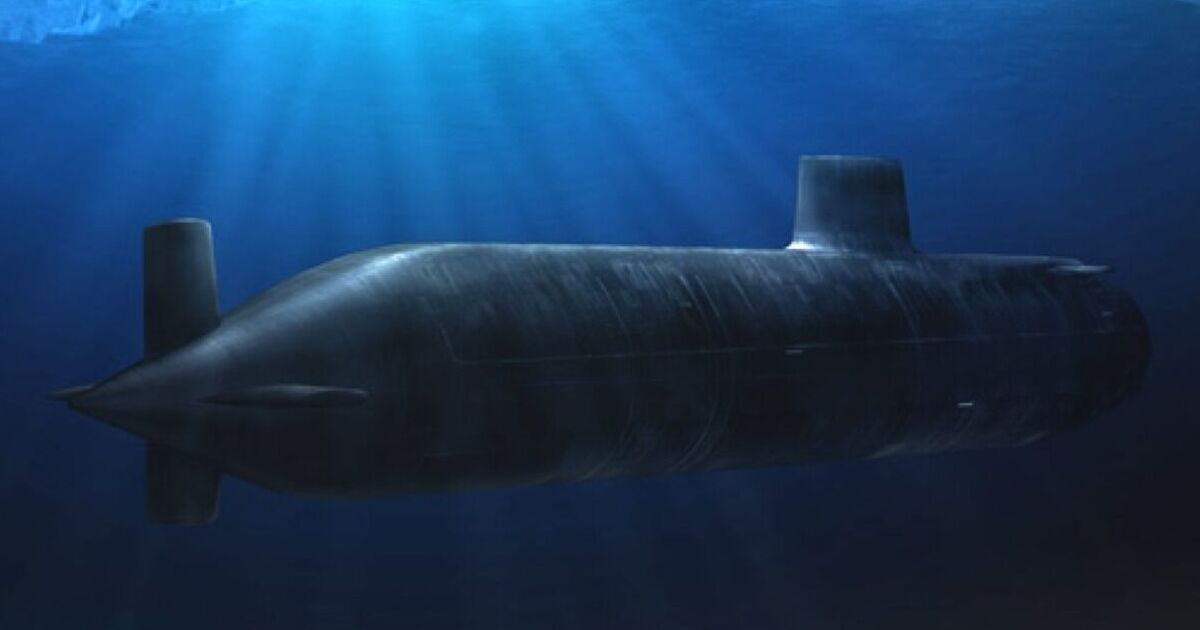A Royal Navy hunter-killer submarine has successfully trialled a revolutionary new system that can launch and recover drones from beneath the waves. The Torpedo Tube Launch and Recovery (TTL&R) system is one of nine cutting-edge undersea combat technologies being developed under the Aukus security pact between the UK, US and Australia.
Russia’s expanding undersea arsenal includes Poseidon nuclear-powered drones and deep-diving special mission submarines capable of sabotaging seabed infrastructure — a threat that Aukus partners are increasingly looking to counter. The Royal Navy’s system uses specially designed uncrewed underwater vehicles (UUVs) that can be deployed and retrieved via the torpedo tubes of an Astute-class submarine during high-alert operations.
These modular drones offer a vast range of applications, from seabed mapping and cable monitoring to seabed warfare missions, such as providing decoys for enemy submarines, extending communications between Royal Navy boats, and conducting surveillance for Special Forces operations.
One variant can even be tasked to stealthily shadow Russian submarines.
It has now been revealed that the system was successfully trialled for the first time in the Mediterranean, under Project Scylla.
Project Scylla is part of Aukus’ “Pillar 2” ambition — to develop advanced capabilities that bolster Indo-Pacific and Euro-Atlantic security. The Aukus pact, announced in September 2021, has two main strands: Pillar 1 focuses on developing nuclear-powered submarines for Australia and the UK, while Pillar 2 centres on emerging technologies to improve interoperability between partners, including undersea drone systems like TTL&R.
Currently, this is being tested using the “Ratcatcher” – the Iver4 AUV designed by US defence giant L3Harris.
In April, Rear Admiral James Parkin, who is in charge of developing future Royal Navy capabilities, told a conference: “Nowhere – nowhere – is more important than the underwater domain.
“This system gives an SSN its own offboard system. A submarine would be able to deploy a UUV and then adapt how it uses the UUV, without having to involve another platform.”
Announcing the successful trial, Commodore Marcus Rose, Deputy Director Underwater Battlespace Capabilities, said: “Delivery of these trials demonstrates our commitment to the use of advanced capabilities as part of a future hybrid Fleet and is a big step forward in delivering new capability to the Submarine Service.
“As part of its Atlantic Bastion ambition, the Royal Navy is committed to delivering advanced capabilities to the frontline.
“This includes autonomous systems and artificial intelligence to increase the warfighting capabilities of the Fleet.”

